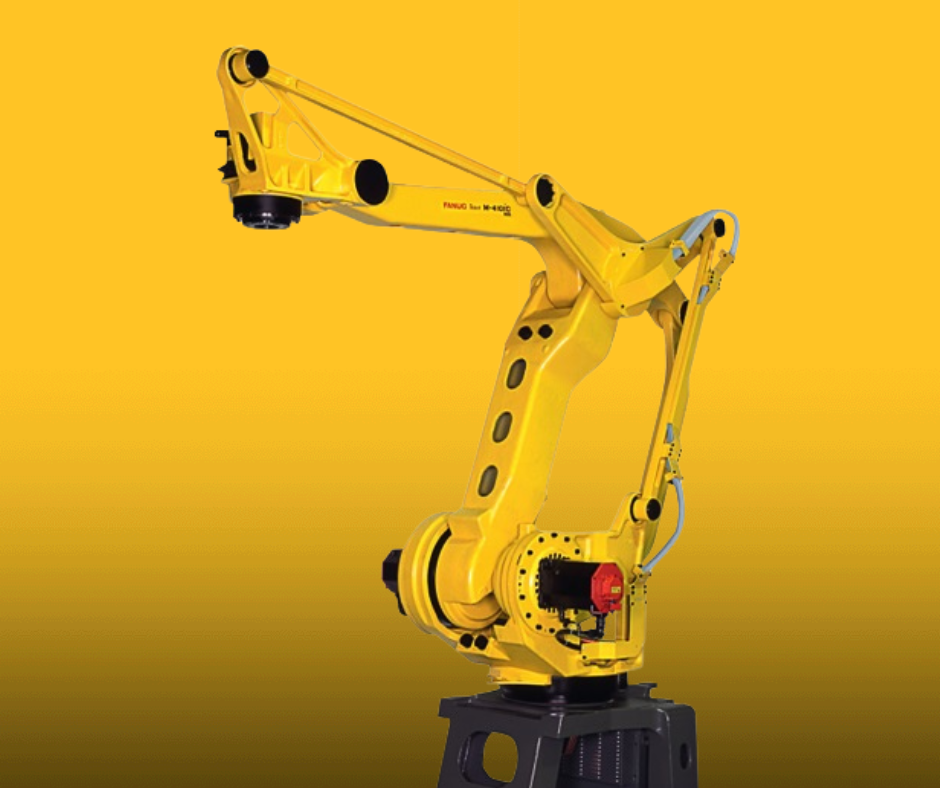In the heart of manufacturing today, robot arms are challenging the norms of production, blending safety, precision and efficiency in ways previously unimaginable. These technological marvels, sometimes referred to as robot arms, have become indispensable in many industries around the world and are driven by the imperative need to reduce operating costs while maintaining high standards of quality. By integrating robotic arms into production lines, manufacturers have not only reduced costs but also revolutionizing workplace safety and efficiency. Discover how these revolutionary robots have transformed the landscape of industrial production.
Cost efficiency is a major factor behind robotic arms’ global adoption. The pressure on factories to reduce production errors, material waste and workplace accidents is constant. Robotic arms are able to tackle these issues. Robots are more precise than humans when it comes to performing repetitive tasks, which means they can reduce cost and eliminating costly mistakes. For instance, in large-scale industries such as automotive manufacturing arms are able to perform precise welding and part placement to ensure perfect assembly each time. This ensures significant savings because fewer defects result in less waste, rework and rework.

Image credit: automatedsolutions.com.au
The safety of robot arms is an essential element. Human workers are in danger when performing many manufacturing tasks, including working with hazardous materials or using large machinery. By using robot arms, companies can eliminate workers from potentially dangerous environments. This decreases the chance of injuries at work. Robotic arms, designed as a chain of joints which move, could mimic the function of human arms but without causing physical damage. Equipped with programmable hand effectors, these devices can do tasks that are dangerous for humans, like spinning or welding.
Robotic arms are a game changer in various industries because of their flexibility. Robots are able to adapt to numerous tasks, from automotive assembly to electronic production. The fact that they can be programmed allows them to perform complex operations such as machine tool tending paint, or fiberglass application, with unmatched consistency. Robotic arms used in warehousing has revolutionized palletizing, by automating the load of goods onto pallets. Automation improves productivity and reliability because robot arms work constantly without fatigue.
One of the most fascinating developments in this field is the rise of collaborative robots, also known as cobots, that collaborate with human employees. Cobots, that are outfitted with a robotic arm, are able to interact seamlessly with humans in contrast to industrial robots which are generally restricted to cells. In a manufacturing environment, a cobot’s robotic arm may be capable of handling difficult lifting or tasks that are repetitive, freeing humans to concentrate on more difficult tasks. The robots can stop or modify their movements when they see a person close by.
The impact of robotic arms goes far beyond safety and efficacy to the very core of modern manufacturing. The capability robotic arms to carry out tasks with great precision including welding, material handling, or assembly have made them vital for industries which place safety at the forefront. In the production of automobiles such as assembly the robot arm is able to rotate and move components in assembly to ensure perfect alignment without the need for human involvement. Similarly, in electronics, robot arms handle delicate components with care, reducing damage and improving output quality.
As industries continue to grow with the advancement of technology, the need for robotic arms will only increase. They will be a key element in the future of manufacturing due to their capability to lower costs, enhance security and adapt to various tasks. Robot arms that blend the latest technologies and human creativity is not just a tool as much as they are partners in progress. They fuel innovation and transform how the world is built.





